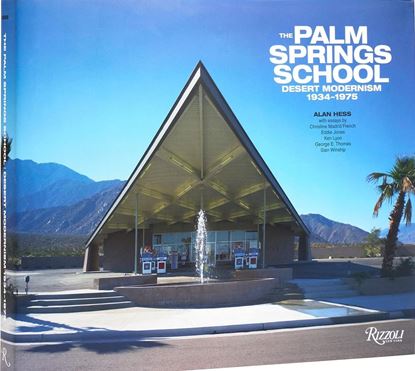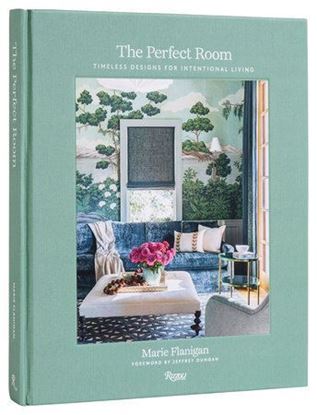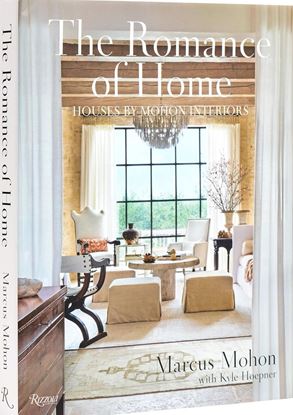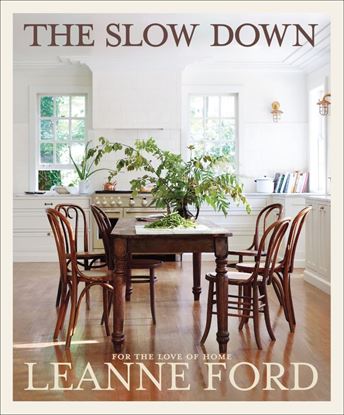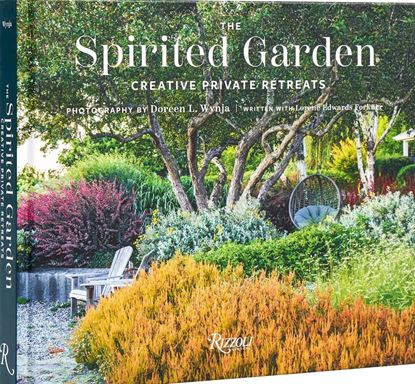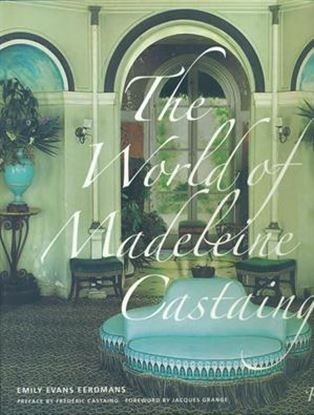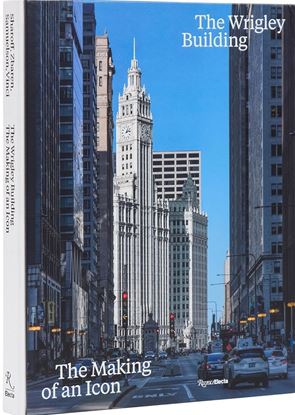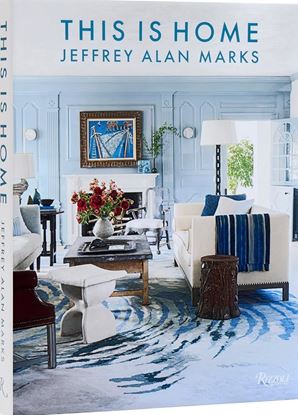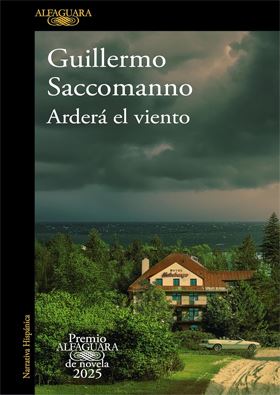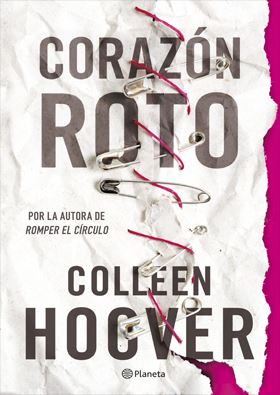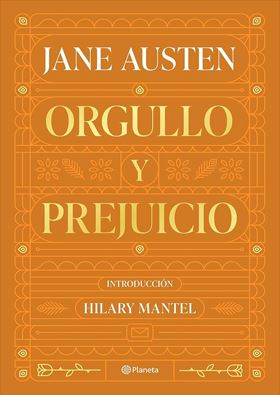

THE PALM SPRINGS SCHOOL. DESER MODERNISM
Much more than a resort destination, Palm Springs has served as a laboratory of the Modern; here so much architectural innovation and design took form. From the steel-and-glass boxes of Richard Neutra to the earthy organic homes of John Lautner, and everything in between, the solutions of architects and designers—including notably William F. Cody, E. Stewart Williams, and Albert Frey were diverse and are ever more relevant in the face of contemporary challenges. Their answers addressed questions that still hold urgency: How to design sustainably in harsh climates? How to use technology efficiently and creatively to meet those challenges? How to build affordable and high-quality mass-produced housing? How to reflect a region’s culture, economy, and distinctive atmosphere?
3,995
THE PERFECT ROOM
Flanigan looks at the home on a room-by-room basis, identifying common design challenges, offering solutions on how to create rooms that are aesthetically pleasing and efficient. With examples chosen from her work, she shares seasoned wisdom and creative approaches to every decision ranging from building materials and architectural details to furnishings, color, textiles, accessories, and organization.
3,500
THE ROMANCE OF HOME. HOUSES BY MOHON
This debut volume presents several extraordinary homes, ranging from a stone-clad villa in Austin to a casual seaside retreat to an art-filled family compound, each of which gracefully balances high style with easygoing comfort. Mohon draws on the heritage of the Mediterranean world to fashion living environments that transport their occupants to an enchanted realm far removed from day-to-day concerns. Intimate foyers beckon from behind carved wooden doors, dining rooms boast dramatically embellished chandeliers suspended above sleekly simple tables, and sitting rooms entice with luxurious blends of color, texture, and furnishings both modern and antique.
3,500
THE SLOW DOWN
Leanne Ford’s imperfectly perfect designs inspire more than half a million social media fans daily. In this very personal design book, she shares her decorating philosophy, wry humor, and advice to live by.
The Slow Down offers readers an inside look at how Leanne found her “wow does this need work” dream house and then moved (with her family in tow) across the country to turn it into a welcoming home. Her story has a rebellious soul that is refreshingly different from other interior design books: She encourages readers to slow down in their personal environments and celebrate the beauty of everyday moments.
The Slow Down’s photos and narrative present a home tour like no other, stopping to recount crazy ideas (not always crazy!) and to offer thoughts on what makes a design really good and why Elsie De Wolfe is still right (about most things).
You will come away with a new perspective and new ideas on how to make your home more joyful, elevated, and funky, fun, and just right.
3,500
THE SPIRITED GARDEN. CREATIVE PRIVATE
A mix of high plant/horticultural knowledge and a love of artistically repurposed everyday materials creating unique features will strike a chord with all those who dream of perking up their own gardens. Doreen sought out the most original gardens to feature those that use cleverly repurposed industrial and found materials: handmade archways of gnarled branches or hand-welded fences, mixed with unique sculptures and structures. Text and deep captions full of plant IDs highlight unusual or remarkable collections of flora and foliage that will inspire readers to re-create or come up with their own planting designs and combinations.
2,995
THE TOM SCHEERER COMPENDIUM
Elegant. Restrained. Unpretentious. Sophisticated. Informal. These seemingly contradictory adjectives all characterize the inimitable interior design of Tom Scheerer, who has himself dubbed his style “Relaxed Modernism.” For more than three decades, he has brought his singular touch to city apartments, country houses, and tropical getaways. Each of the dozens of projects compiled in this two-volume set reveals the fierce intelligence, impeccable sense of proportion, and encyclopedic knowledge of design history that inform his deceptively effortless work.
6,800
THE WORLD OF MADELEINE CASTAING (OF3)
The inimitable style of renowned French interior designer Madeleine Castaing, chronicled in-depth for the first time. While many were drumming to the beat of modernism in the early- and mid-twentieth century, French antiquaire and decorator Madeleine Castaing created her own look that was a unique blend of neoclassicism, Proustian romanticism, and pure wit. Her distinctive aesthetic vision has inspired tastemakers on both sides of the Atlantic, and her devotees--both then and now--are legion. Ocelot carpeting, opaline blue, "coolie" lampshades, and an eclectic mix of neoclassical furnishings ranging from English Regency to Napoleon III all formed part of the vocabulary of "le style Castaing." This lavishly illustrated volume--the first on her work--explores in-depth the elements of her style, and examines how she crafted interiors so emotive that visitors felt that they had stepped into a Balzac novel or a Proustian recollection. Her entire life and career are chronicled, from her early years in Montparnasse, the epicenter of artistic activity in Paris, to her incomparable country house Leves and her legendary shop on rue Jacob in Paris.
999
THE WRIGLEY BUILDING
The Wrigley represents the high-water mark of Beaux Arts Classicism in the city, a gleaming white palazzo at the head of Chicago’s grandest boulevard, Michigan Avenue. With lavish terra-cotta ornamentation, it was Chicago’s tallest building when it opened in 1921. The book focuses on the intertwined stories of William Wrigley Jr., the larger-than-life founder of the chewing gum empire, and Charles Gerhard Beersman, the relatively unknown architect who, mentored by architect Julia Morgan, brought the building to life.
5,995
THIS IS HOME
Since the launch of his first book and hit TV Show Million Dollar Decorators, Jeffrey Alan Marks has married and become a father. His growing family grounds his new book, a celebration of the idea of home as represented in ten houses, bookended by his own on the West and East Coasts. Marks believes a home must reflect the way its inhabitants want to live, their unique perspective, and how they approach their lives. Trained in England, Marks has long had a deep and profound architectural crush on the British vernacular, which creates a pleasing interplay with his Southern California roots. The result: homes that feel layered and dramatic, but always comfortable.
3,500


